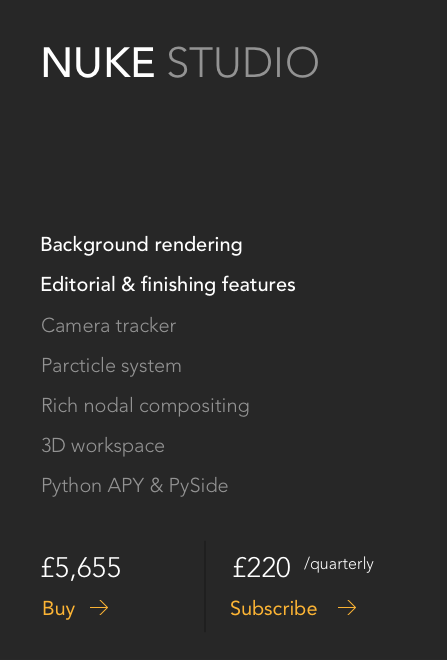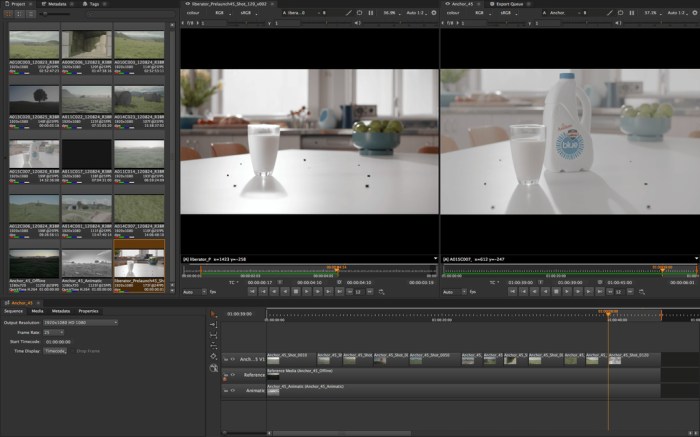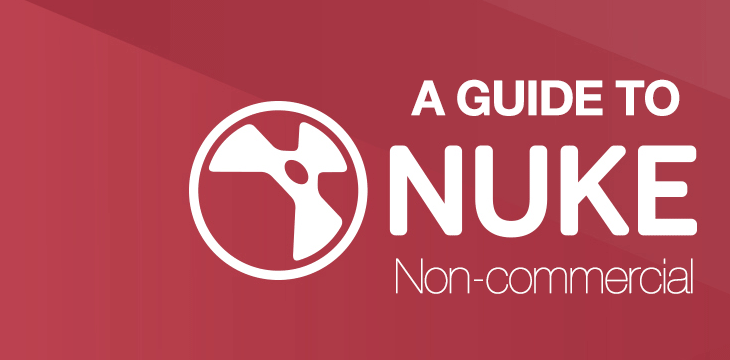

- #Nuke 10 non commercial .exe#
- #Nuke 10 non commercial software#
- #Nuke 10 non commercial license#
Go to the Preferences Behaviors > UI Scaling sub-menu to manually set the scaling mode and scale per display, if required. Nuke supports high definition displays, automatically scaling the interface using the operating system's scaling settings.
#Nuke 10 non commercial license#
If you don't have a license or haven't installed one yet, proceed to Licensing Foundry Applications. If you already have a valid license, the interface appears, and a command line window opens. For more information, see About Nuke Assist. Note: Nuke Assist licenses are only available as part of the NukeX or Nuke Studio package, and cannot be purchased separately.

See About Nuke Indie for more information.
#Nuke 10 non commercial .exe#
exe -indie to launch Nuke Studio in Indie mode.
Using a command prompt, navigate to the application directory (by default, \Program Files\ Nuke 13.1v2) and enter:. Navigate to Start > All Programs > The Foundry > Nuke 13.1v2 and select the required application. Double-click the required icon on the Desktop. 
Retrieved March 19, 2011.To launch the application on Windows, do one of the following: ^ "The Foundry releases NUKE Non-commercial".Archived from the original on 10 July 2011. ^ "3D stereo workflow, new UI & Python scripting are the highlights".^ "D2 Software's Nuke Acquired by The Foundry".Archived from the original on June 7, 2007. ^ "D2 ships Nuke v4.5 Compositor with image-based Keyer and new Interface".
#Nuke 10 non commercial software#
^ "Digital Domain launches software unit". ^ "2001 Scientific and Technical Awards". ^ "Industrial Light & Magic (ILM) Purchases Nuke Site Licence". ^ "Double Negative Procures Nuke Site License". ^ "Weta Digital Purchases Site License Of Nuke". ^ "NUKE helps Framestore make history on Oscar winning Lincoln". ^ Moltenbrey, Karen (13 December 2018). ^ "BlizzCon 2015 World of Warcraft Cinematics: The Road to Legion panel transcript". While not intended for compositing, the free and open source Blender contains a limited node-based compositing feature which, among other things, is capable of basic keying and blurring effects. Nuke supports use of The Foundry plug-ins via its support for the OpenFX standard (several built-in nodes such as Keylight are OpenFX plugins). In 2015, The Foundry released Nuke Non-commercial with some basic limitations. The Foundry released Nuke 4.7 in June 2007, and Nuke 5 was released in early 2008, which replaced the interface with Qt and added Python scripting, and support for a stereoscopic workflow. In 2007, The Foundry, a London-based plug-in development company, took over development and marketing of Nuke from D2. In 2005, Nuke 4.5 introduced a new 3D subsystem developed by Jonathan Egstad. In 2002, Nuke was publicly released by D2 Software. Nuke won an Academy Award for Technical Achievement in 2001. FLTK was subsequently released under the GNU LGPL in 1998. Nuke version 2 introduced a GUI in 1994, built with FLTK – an in-house GUI toolkit developed at Digital Domain. In addition to standard compositing, Nuke was used to render higher-resolution versions of composites from Autodesk Flame. Nuke (the name deriving from 'New compositor') was originally developed by software engineer Phil Beffrey and later Bill Spitzak for in-house use at Digital Domain beginning in 1993.







 0 kommentar(er)
0 kommentar(er)
